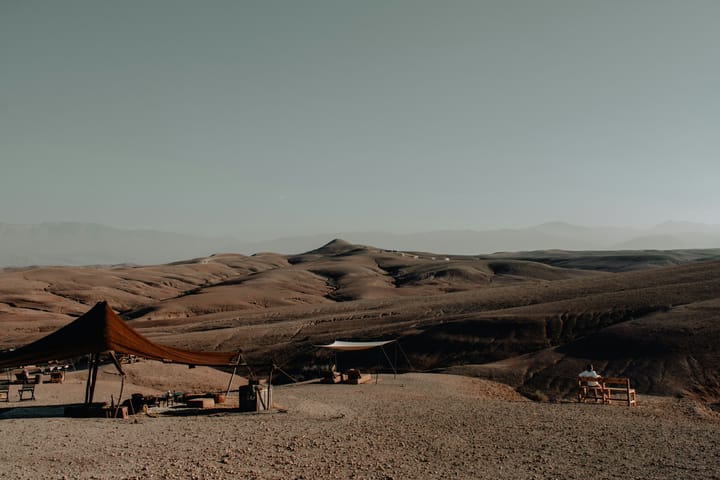"Sidecountry is the Backcountry" - An Interview with The Director of The National Avalanche Center.
Get the forecast, get the gear, get the training. Everything that you need to know before you head out into the back or sidecountry. They're the same thing.

It's two days after one of the best powder days of the year. Having worked a five day week, you have already missed out on all the fresh tracks at your local ski area. The best runs are all tracked out, and your favorite in-bounds powder stashes have been found already. How are you going to feed those powder-hungry bones of yours? You're headed out of bounds.
We have all done it - It's too easy. You ride the lift to the summit, ski to the side of the area, then simply slip under the small rope with a "Ski Area Boundary" warning sign. You are back in powder heaven.
With both backcountry and sidecountry skiing becoming more and more popular in recent years, and with the 22 avalanche deaths in the 2018-2019 U.S. ski season already, at The Outdoor Journal, we felt that it was a good time to publish some expert information on the subject. We got in touch with Karl Birkeland, the Director of the National Avalanche Center, to ask him a few questions on safety in the sidecountry.
What's the difference between sidecountry, backcountry, and resort skiing?
Karl: Resort skiing is skiing in open areas within the boundaries of an operating ski area. Inside ski area the ski patrol does avalanche mitigation work, thereby reducing the avalanche risk to the public.
I don’t particularly like the term sidecountry. In reality, the sidecountry is the backcountry. People use “sidecountry” for backcountry terrain that is close or adjacent to a ski resort. Skiers who use this terrain often use the ski lifts at the ski area to access this terrain. However, the snowpack in these areas is no different than the snowpack encountered by other people touring in the backcountry. This snowpack does not have any avalanche mitigation work done on it, and so it is up to the people going into the backcountry (or sidecountry) to assess the avalanche danger and travel accordingly.
What are the risks of heading into the sidecountry or backcountry? Is there a difference in risk between the two?
Karl: The risks are essentially the same whether you are going into the backcountry or the sidecountry. In both cases there is no avalanche mitigation work being done and you need to assess the snowpack for the possibility of avalanches. Personally, I find the risk in the sidecountry to be – if anything – higher than in the backcountry because the large numbers of people in these areas commonly result in unsafe travel practices, like having more than one person in avalanche terrain at a time.
What kind of training/knowledge should a person have before heading out into the backcountry or the sidecountry?
Karl: A person needs solid avalanche training before going into the backcountry, whether that backcountry is adjacent to a ski area or in a remote area. We recommend that folks always do the following before going into any avalanche terrain:
1) Get the forecast – make sure you check your local avalanche forecast, which is available at www.avalanche.org,
2) Get the gear – everyone in your party needs avalanche safety gear which consists of at least an avalanche transceiver, a shovel, and a probe. Helmets and avalanche airbags are also good safety gear to have.
3) Get the training – Take an avalanche course. You can start by watching the Know Before You Go video at www.kbyg.org and taking the tutorial at www.avalanche.org, and then progress to an actual avalanche course.
What kind of gear should skiers carry with them in the sidecountry? Even if they are simply skiing off the side of a well-maintained resort.
Karl: It is critically important for everyone to “Get the gear”, even if they are just skiing in the backcountry right outside of a ski resort. At a minimum, folks need to carry – and know how to use – an avalanche transceiver, a shovel, and a probe. Avalanche airbags and helmets are also useful safety devices that save lives.
Are there any specific precautions you take while skiing in the sidecountry?
Karl: The precautions you need to take in the sidecountry are the same as for the backcountry. You need to “Get the Forecast” by calling the avalanche advisory. You need to carry rescue gear and get avalanche training. And, you need to be aware that there are many people in these sidecountry areas that have little training and could potentially endanger you by skiing above you or going onto an avalanche slope with more than one person. So, you have to be extra conservative when travelling in the backcountry adjacent to ski areas.
Anything else you would like to tell our readers about avalanche safety in the sidecountry?
Karl: One thing some people sometimes say is that the sidecountry is safer because it gets more skier compaction. It is true that some places get more compaction, but that doesn’t always translate to improved snow stability. Only the dramatic compaction inside of a ski area, combined with the ski area’s avalanche mitigation work, can truly transform the snowpack and make avalanches extremely unlikely. As such, all-terrain outside the ski area boundary is backcountry and should be treated like the backcountry.
Cover Photo: Paul Downey





Comments ()